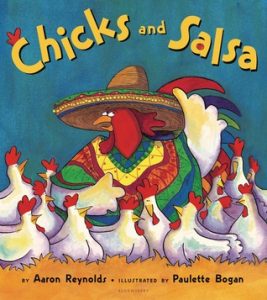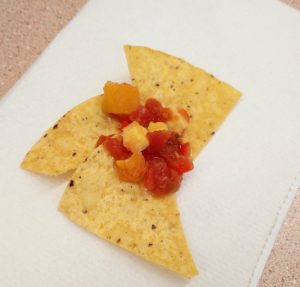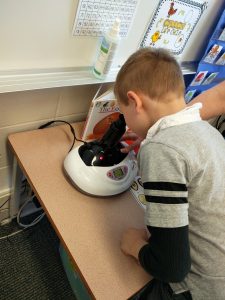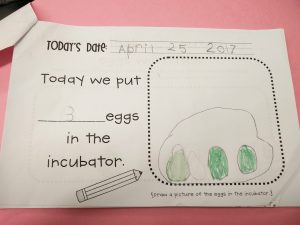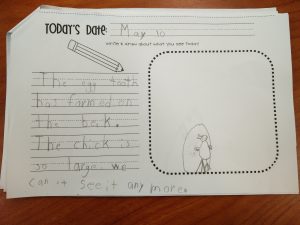As cherry trees are bursting with pink and white blooms all over the city, the kindergarten students created their own cherry blossom paintings. To add a fluffy texture to our paintings, we used cotton balls, held by clothespins, to paint the cherry blossoms.
First, we painted our backgrounds and trees.
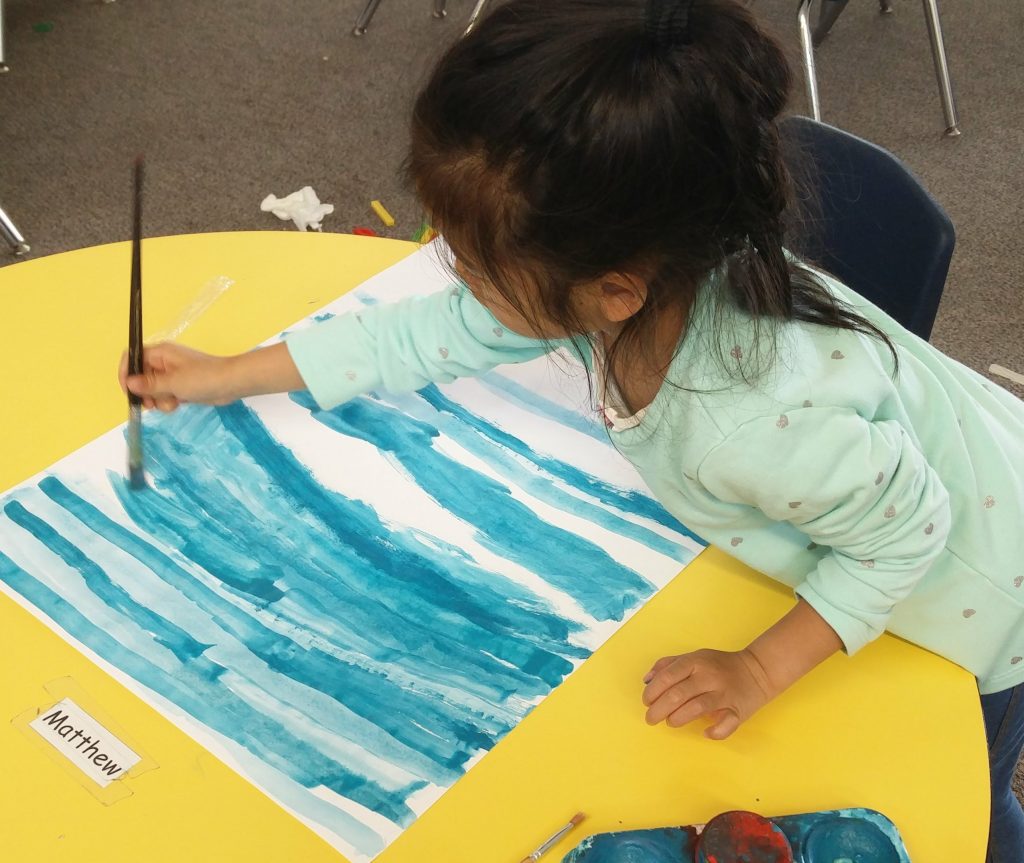
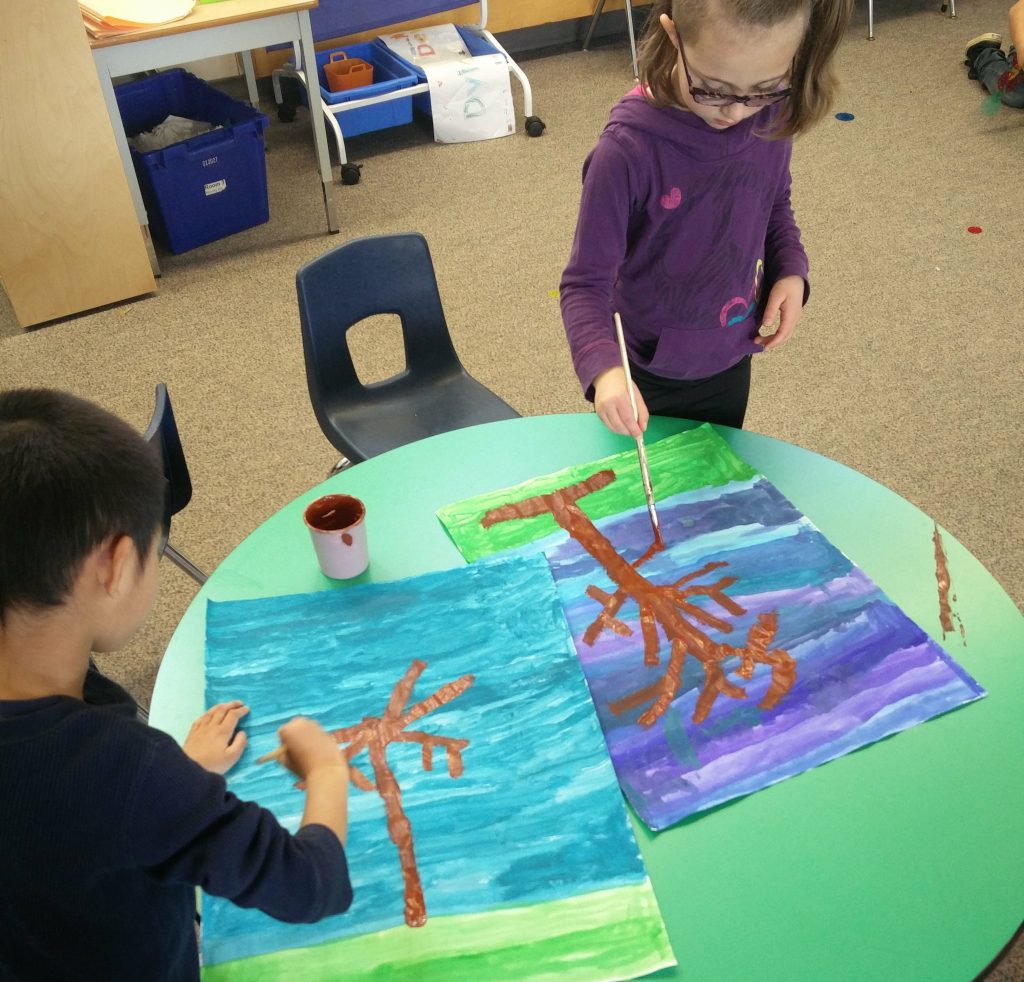
Then, we used cotton balls to add the cherry blossoms. We used darker pink colors first, and then used the lighter pinks on top. Some students chose to add white cherry blossoms as well.
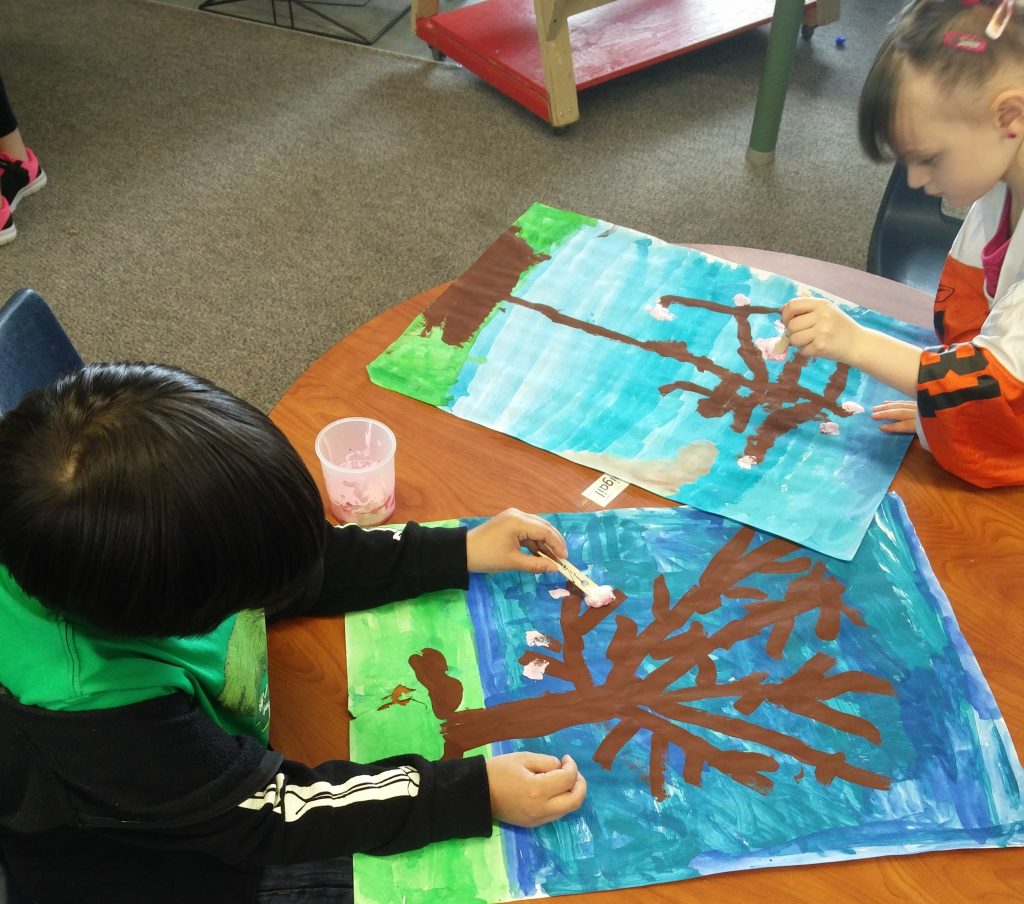
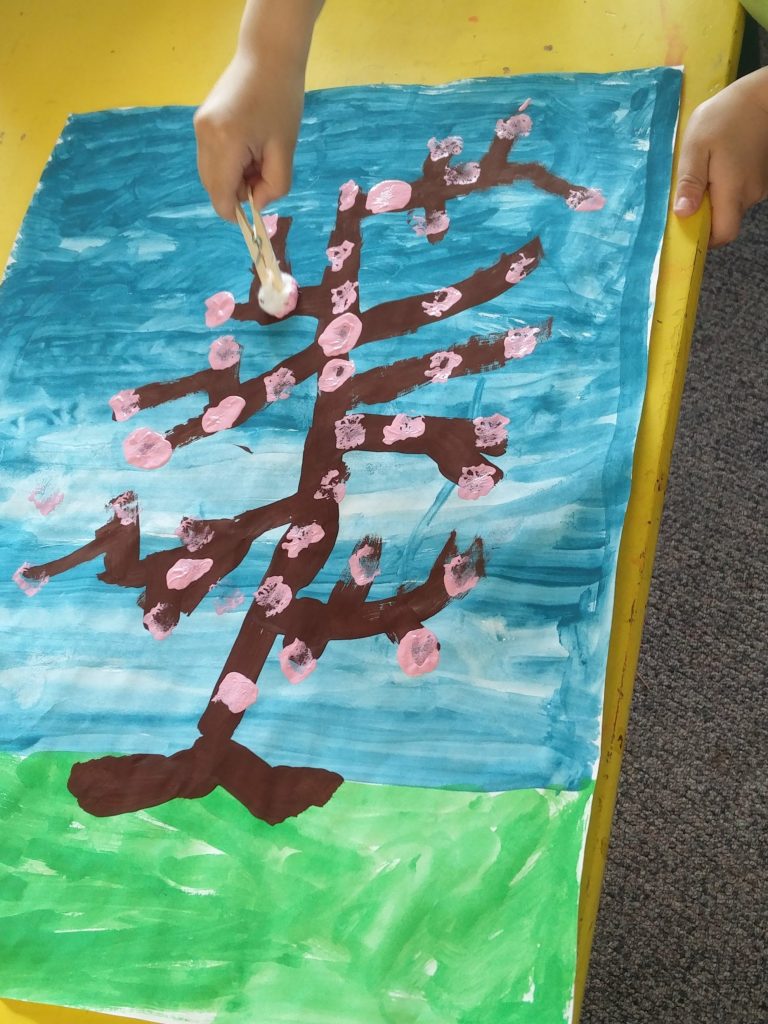
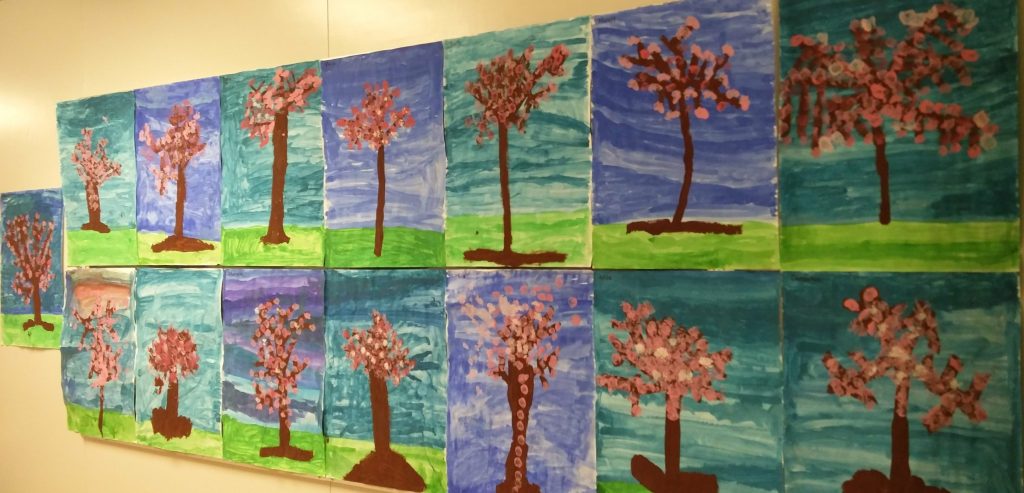
[metaslider id=1014]
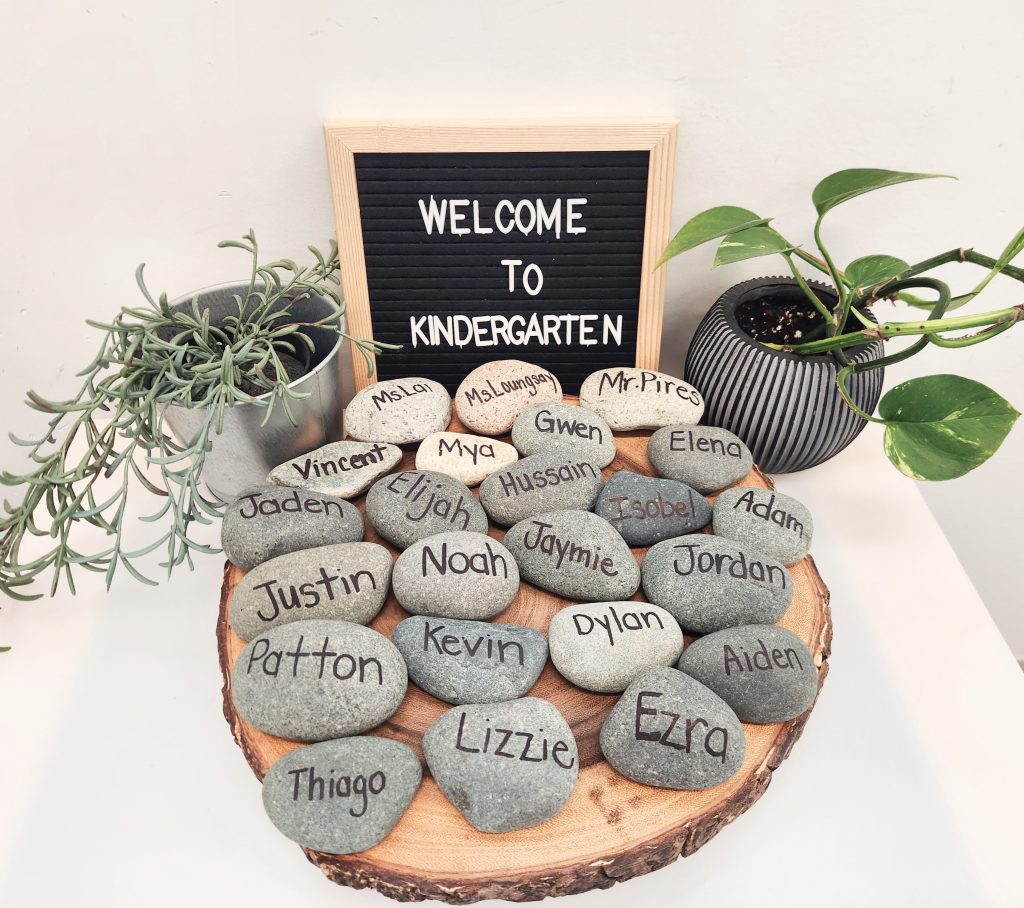
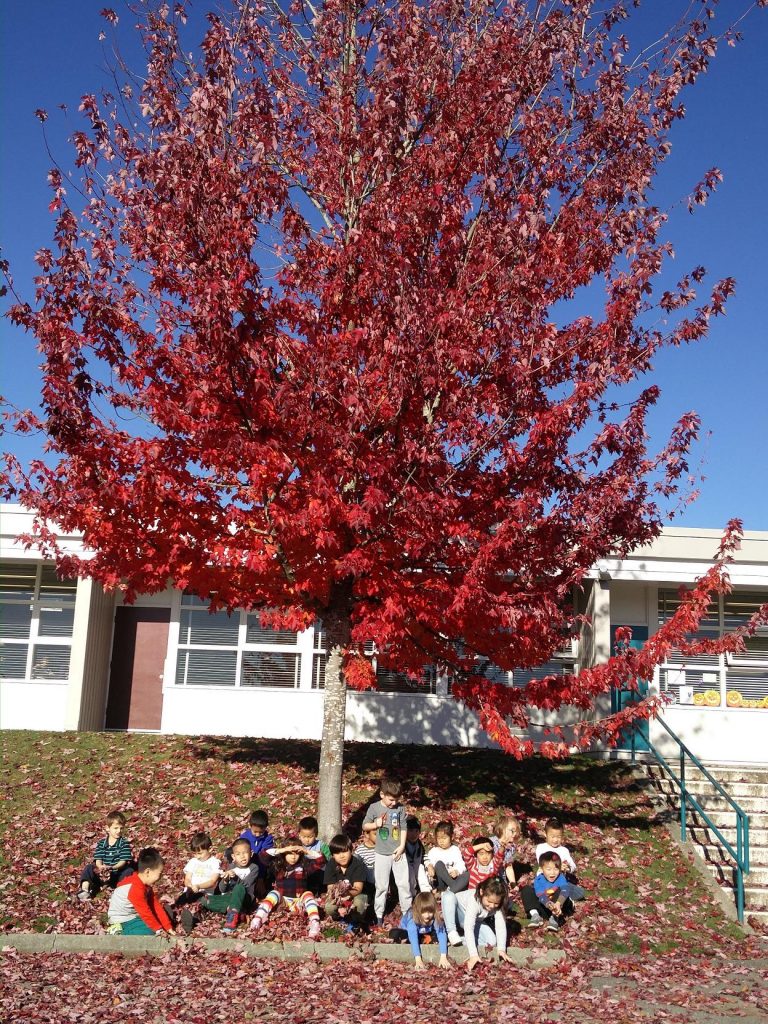
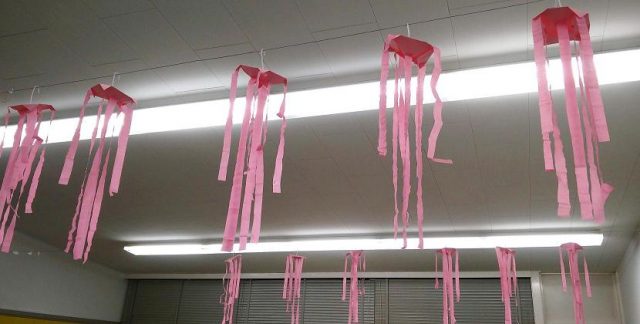
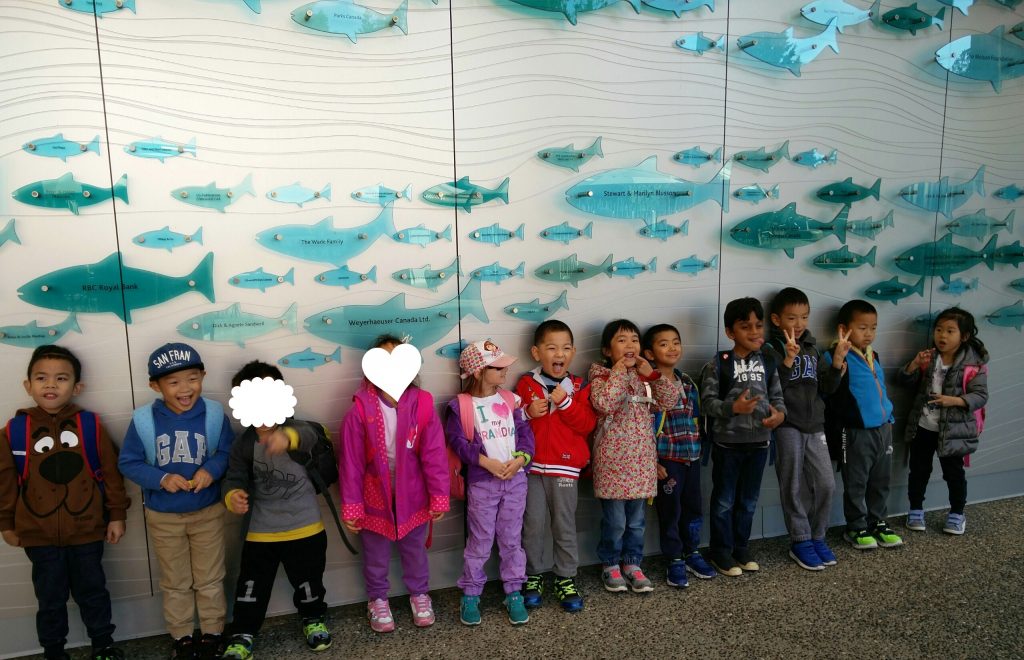
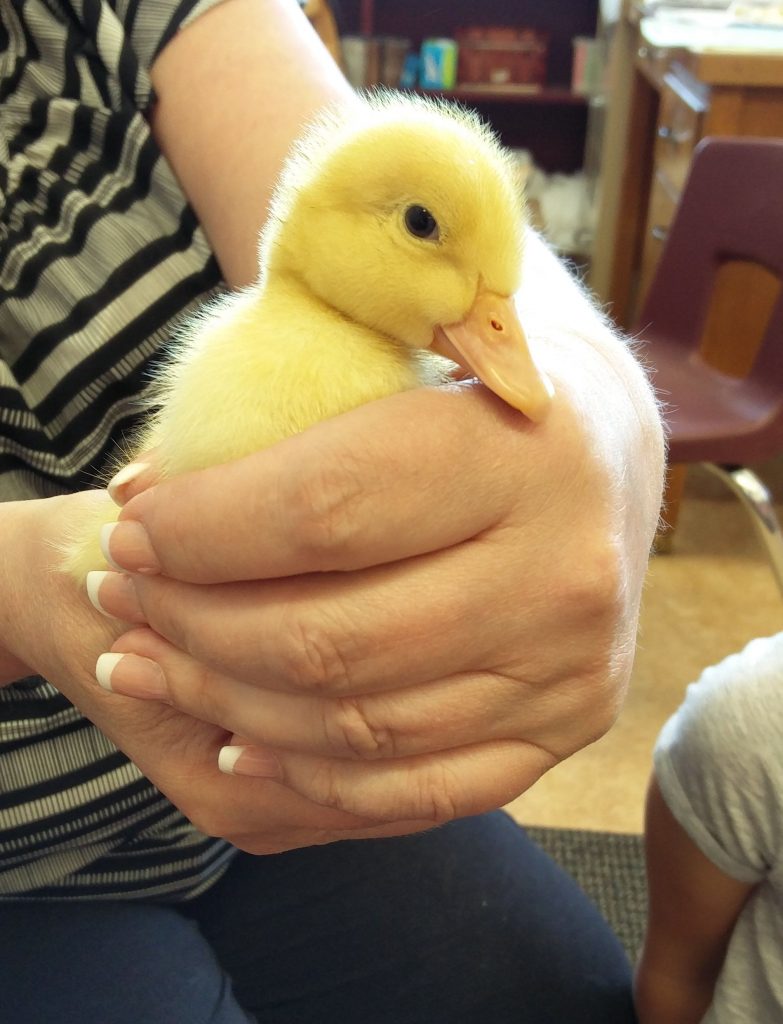
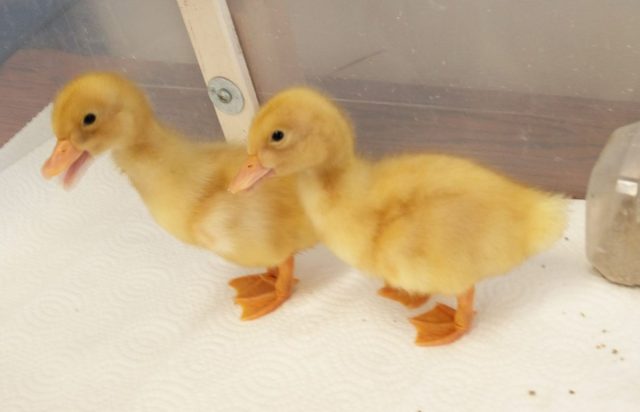
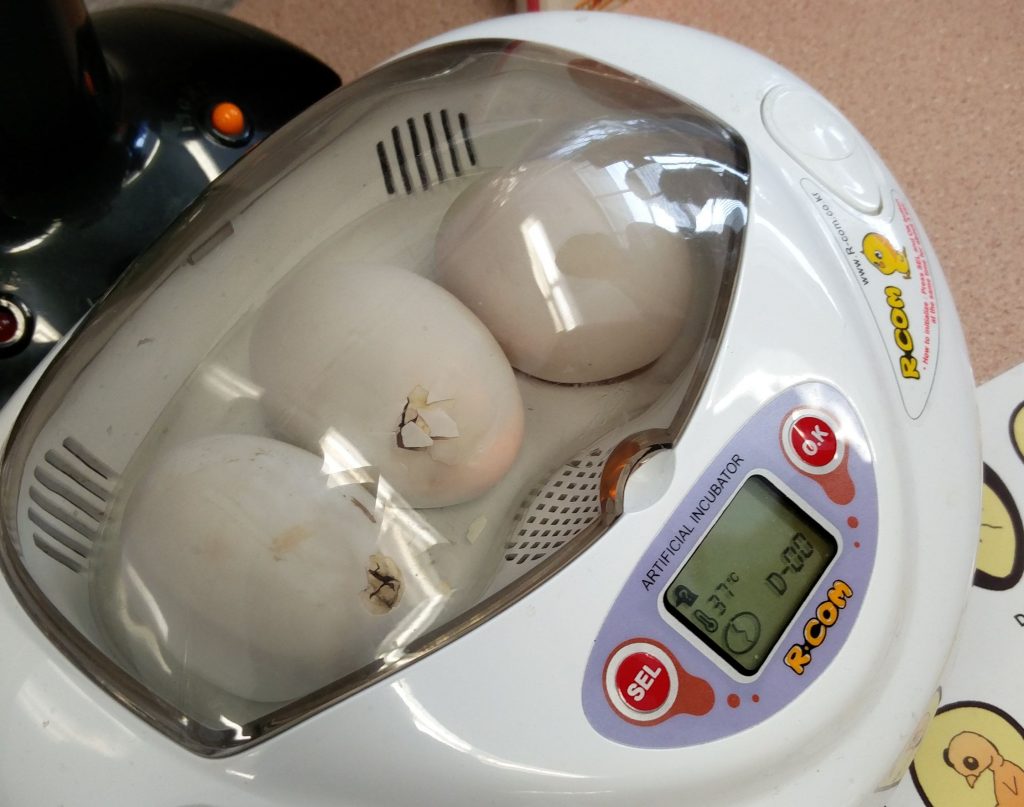
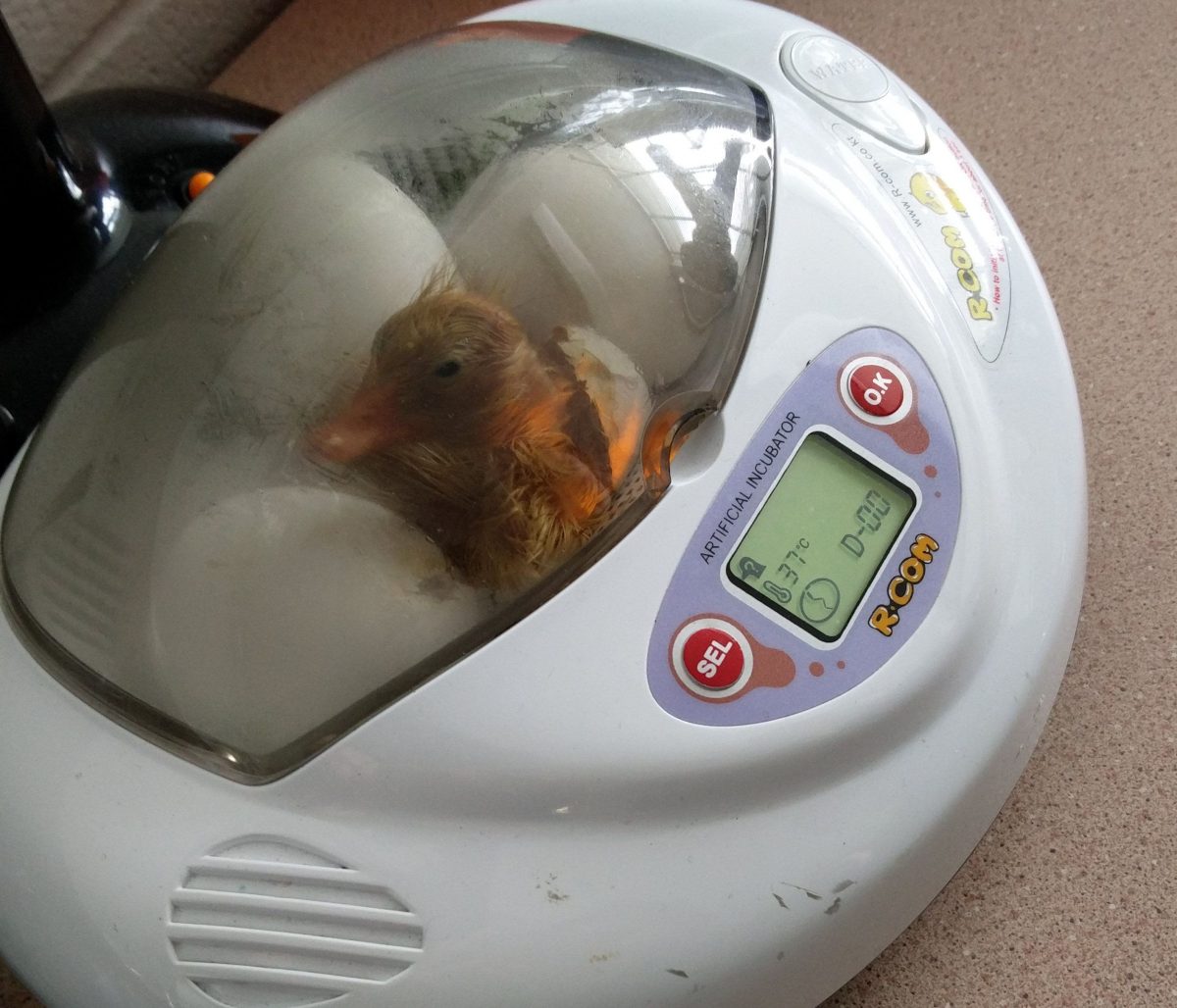
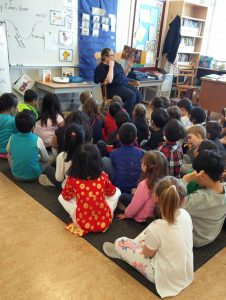 We have been reading lots of stories about chickens and other oviparous animals. We have been visiting Ms. Gourlay’s classroom every few days to observe the eggs in the incubator. Sometimes Ms. Gourlay reads a story to both of our classes. Today, she read a funny one titled, “Chicks and Salsa” – the chickens get tired of the same old chicken feed and decide to try some new foods! Soon, all the animals decide to plan for a fiesta with chips and salsa! After the story, we ALL got to try some chips and salsa! Some kids were trying chips and salsa for the very first time.
We have been reading lots of stories about chickens and other oviparous animals. We have been visiting Ms. Gourlay’s classroom every few days to observe the eggs in the incubator. Sometimes Ms. Gourlay reads a story to both of our classes. Today, she read a funny one titled, “Chicks and Salsa” – the chickens get tired of the same old chicken feed and decide to try some new foods! Soon, all the animals decide to plan for a fiesta with chips and salsa! After the story, we ALL got to try some chips and salsa! Some kids were trying chips and salsa for the very first time.